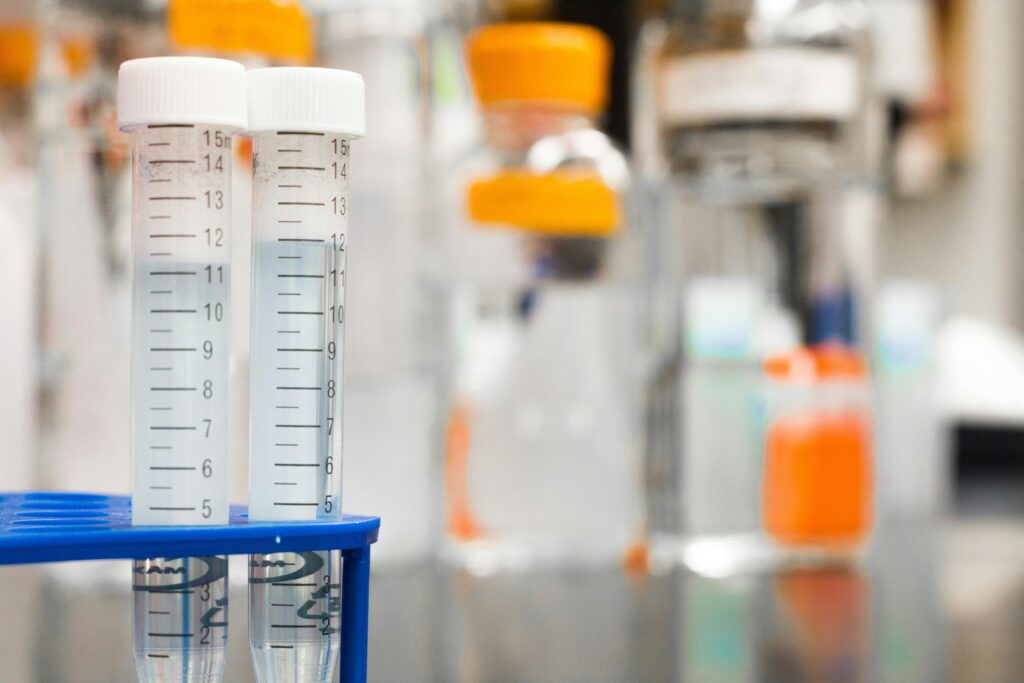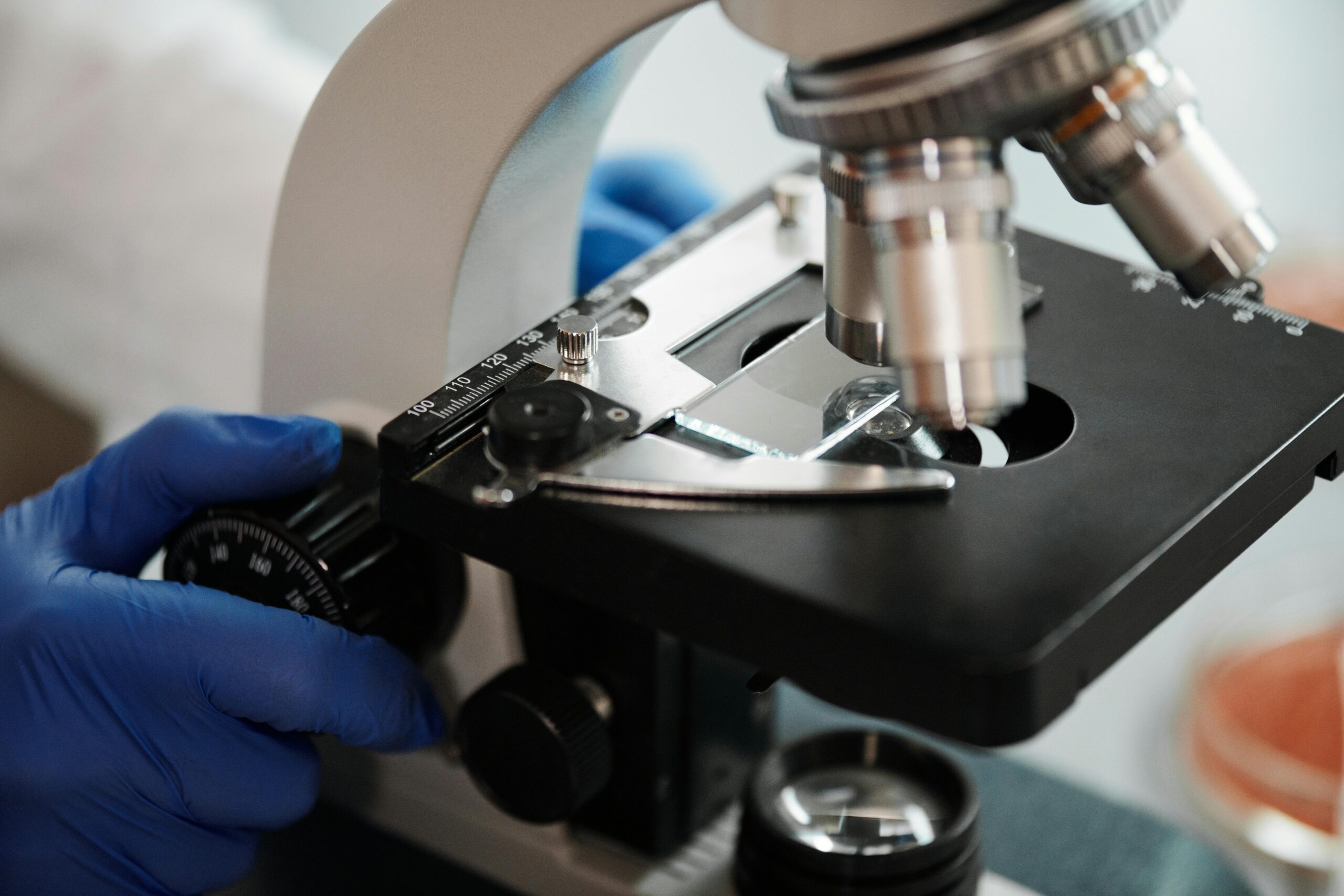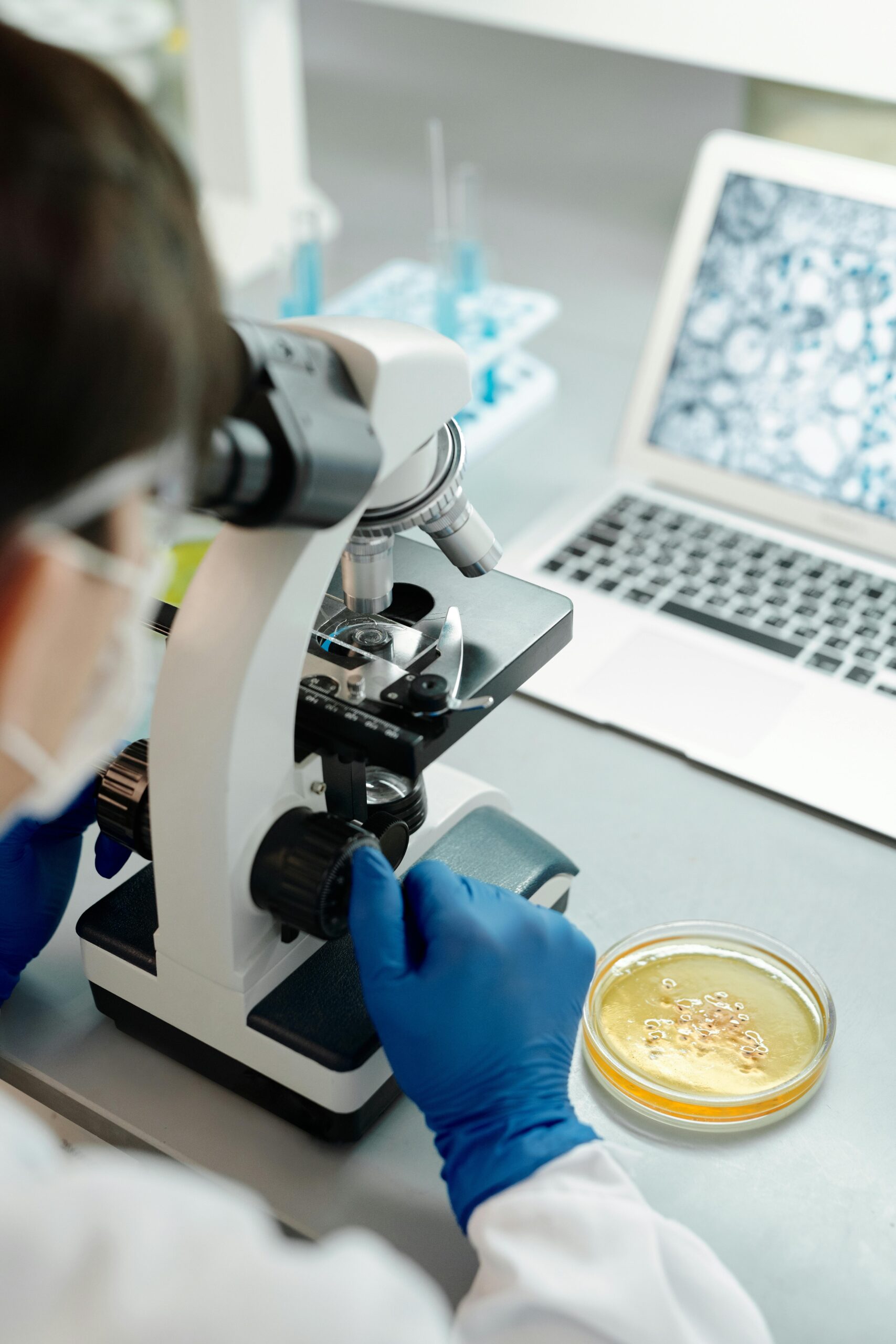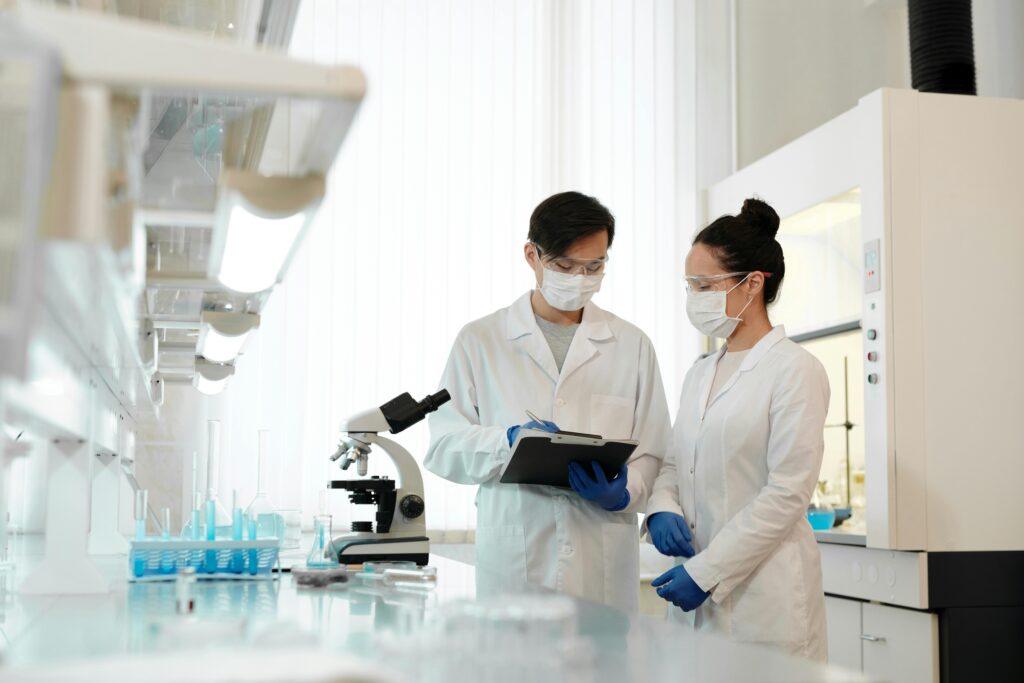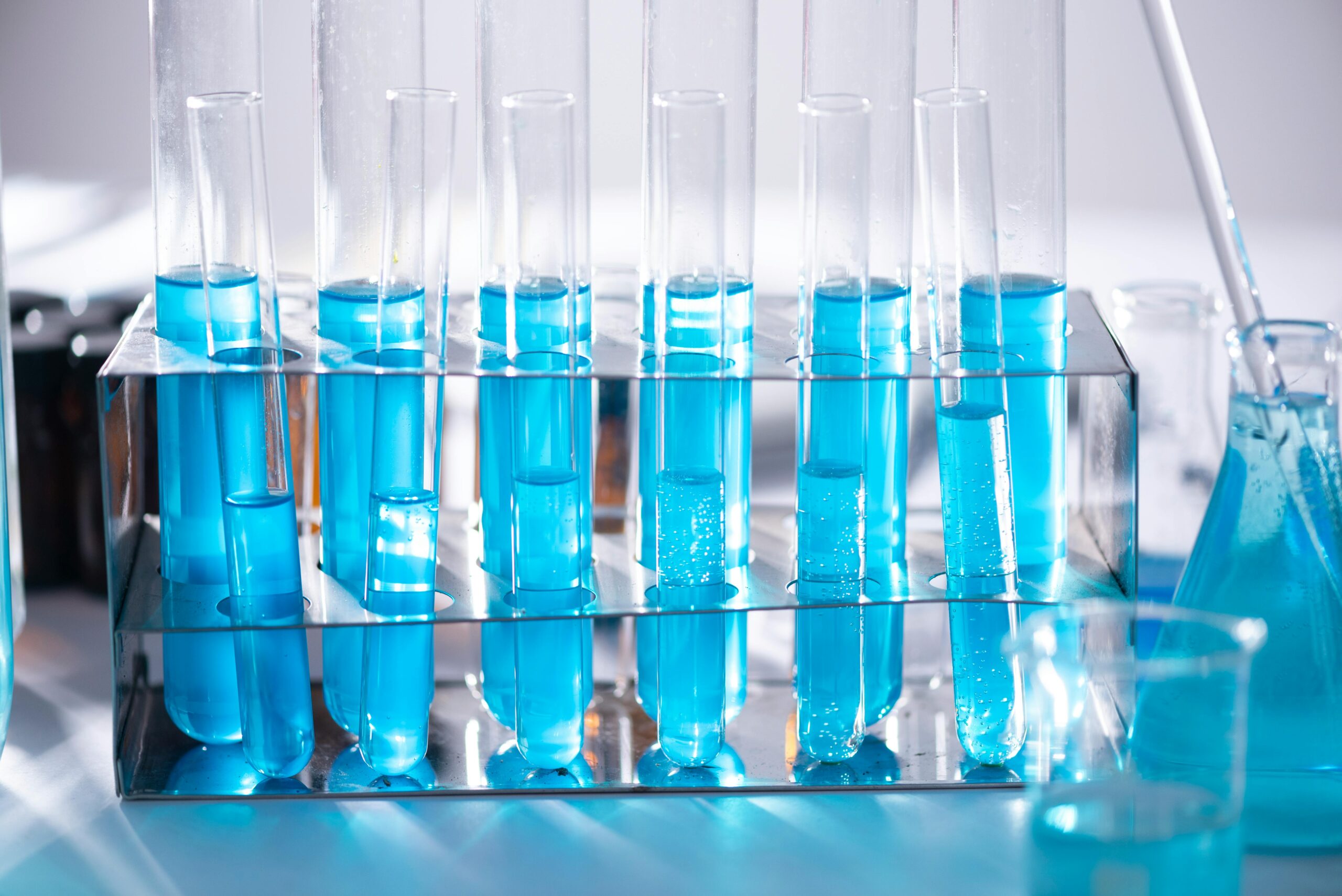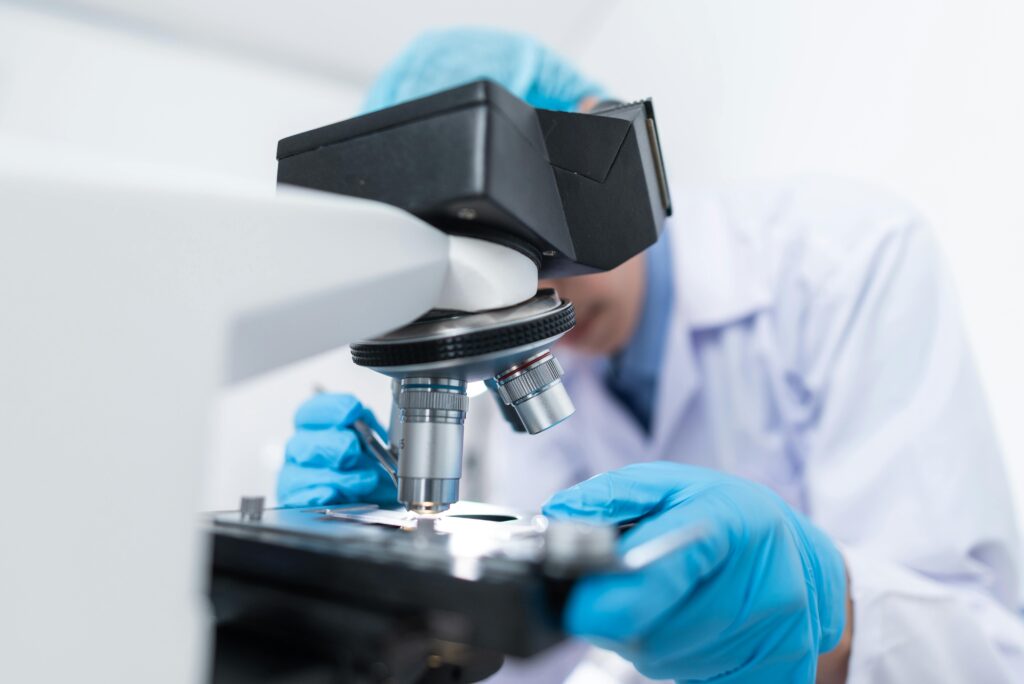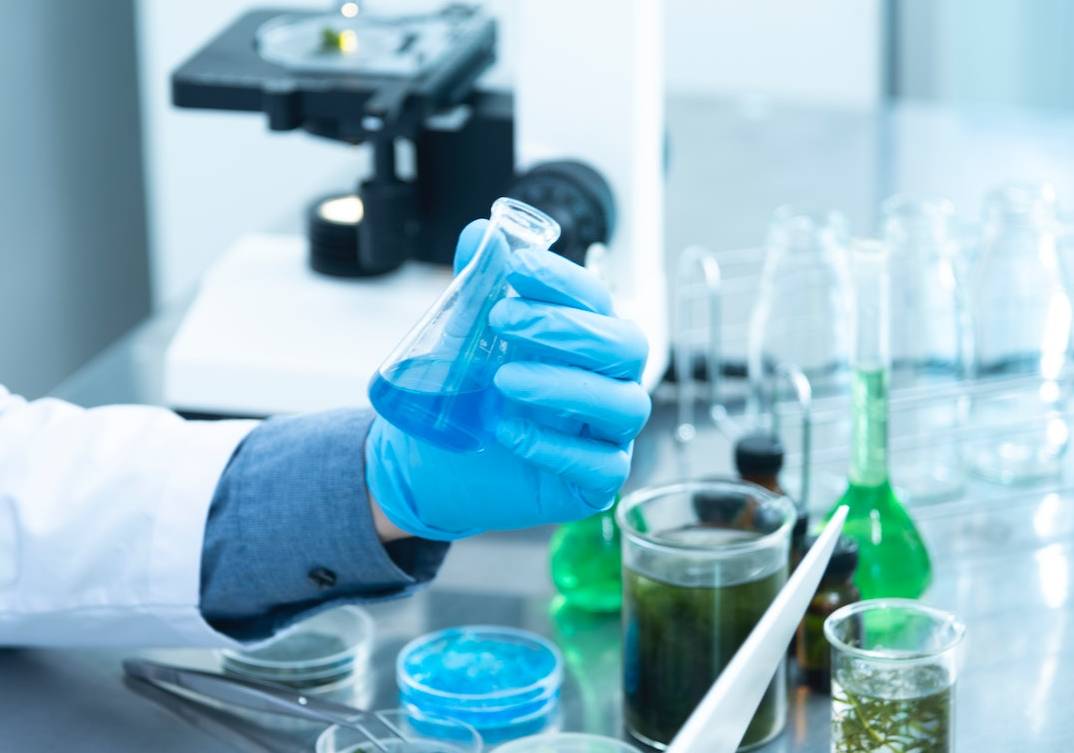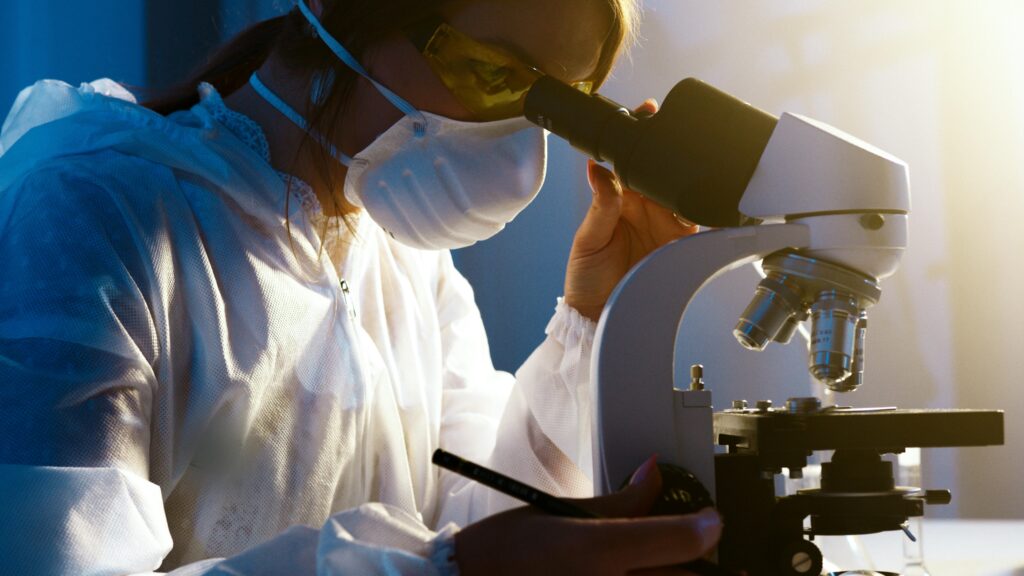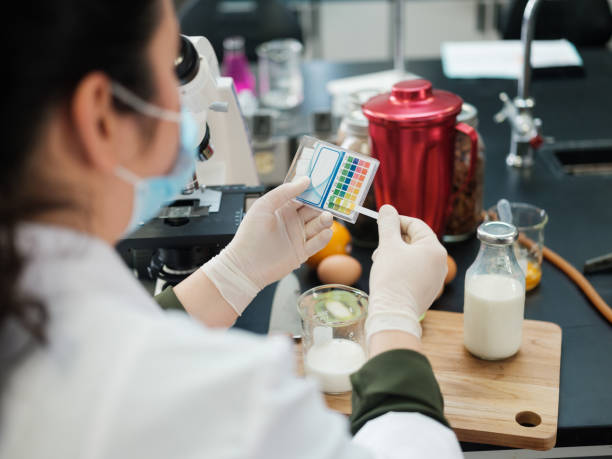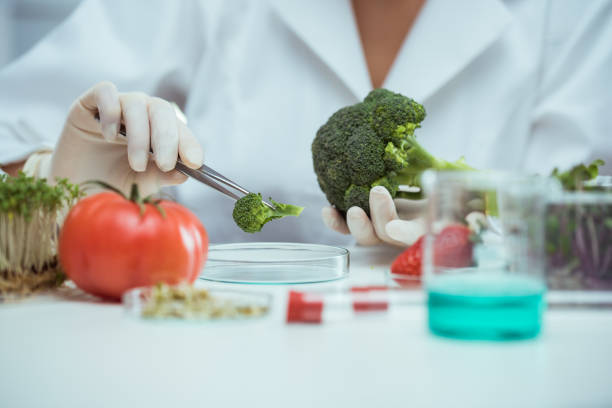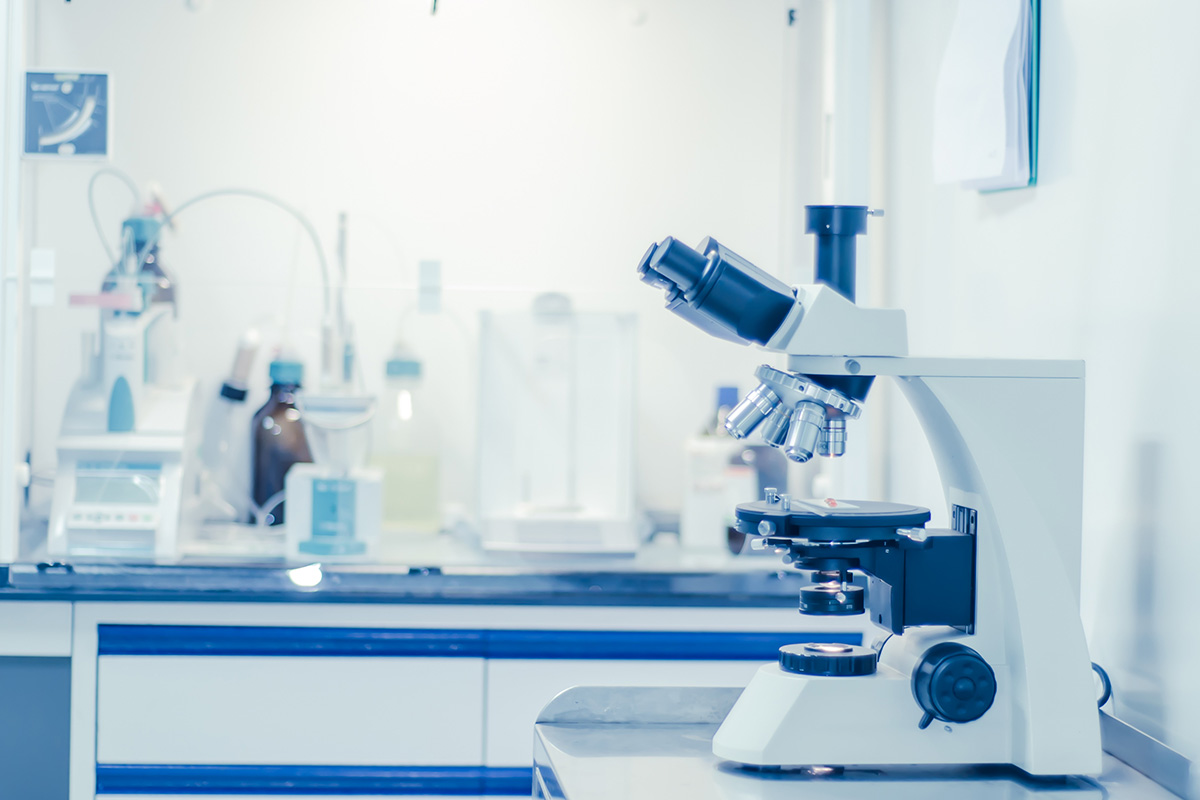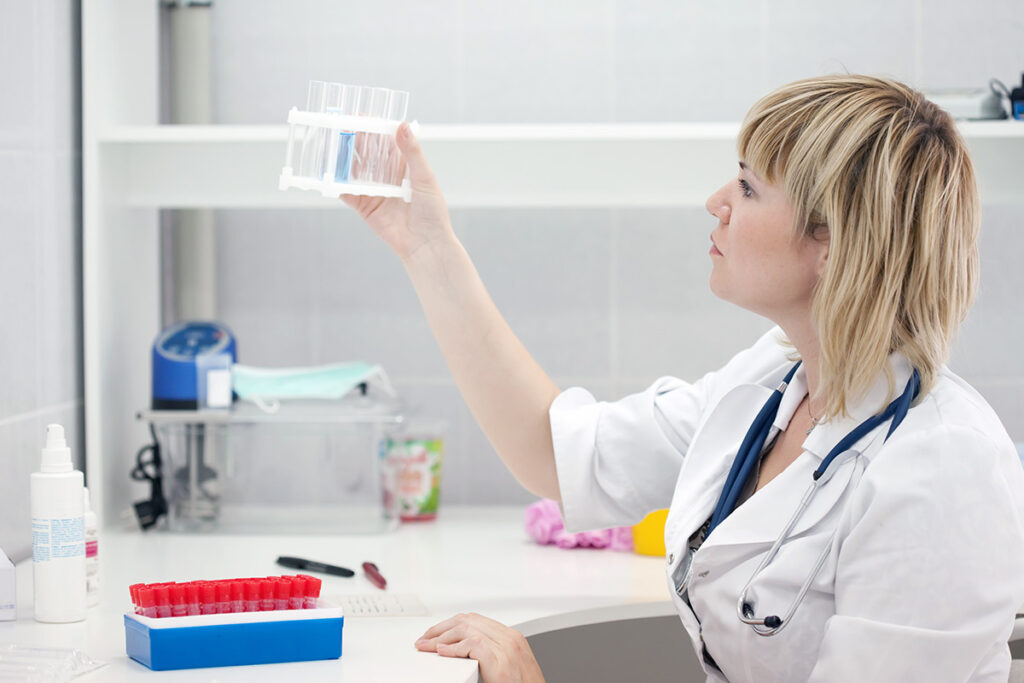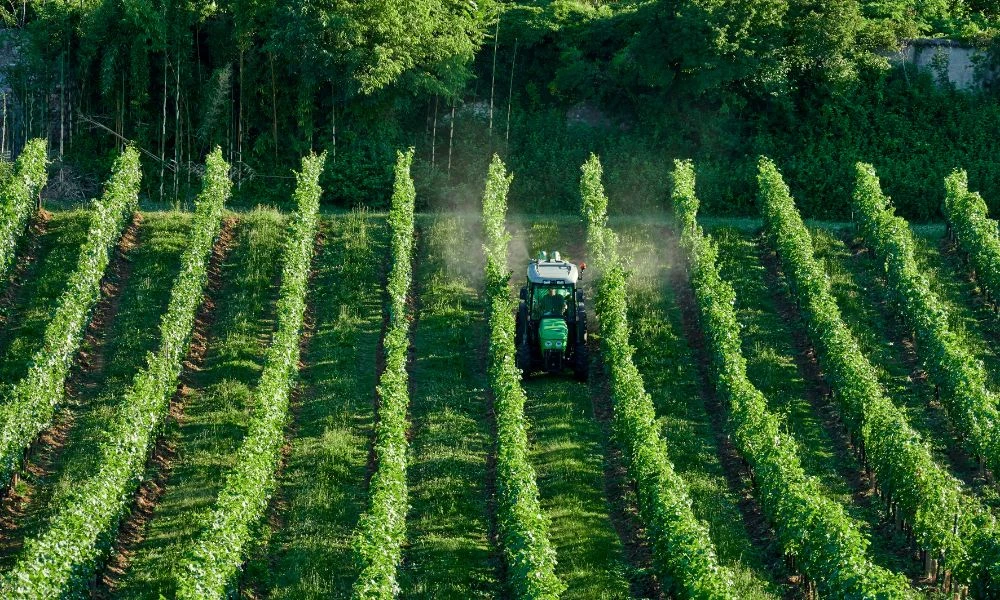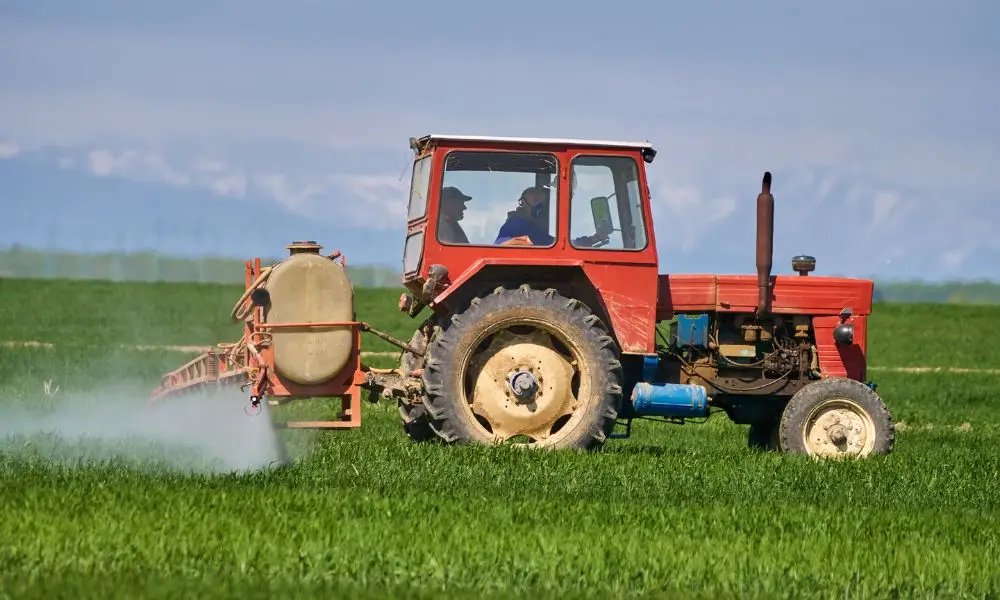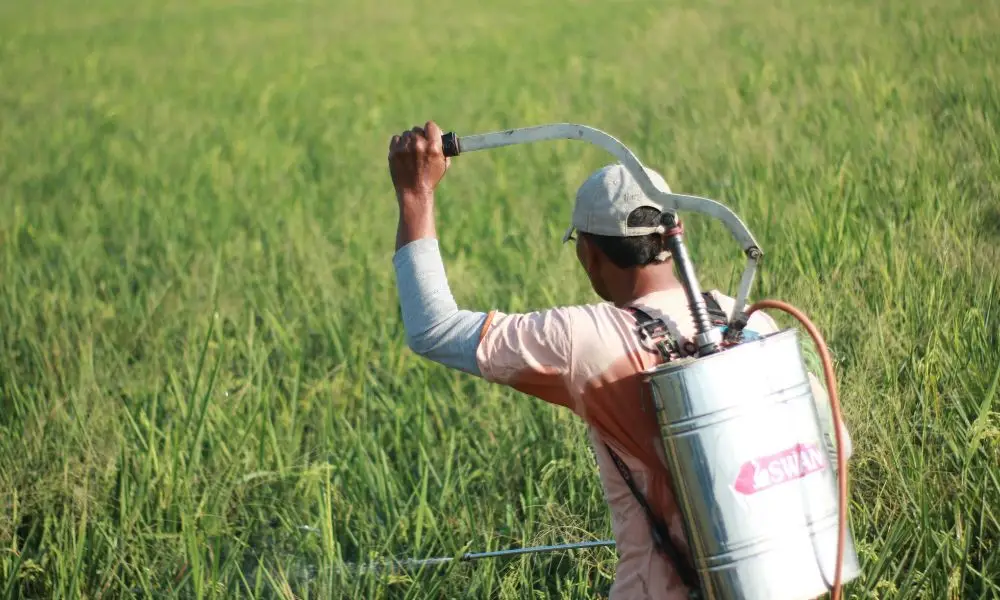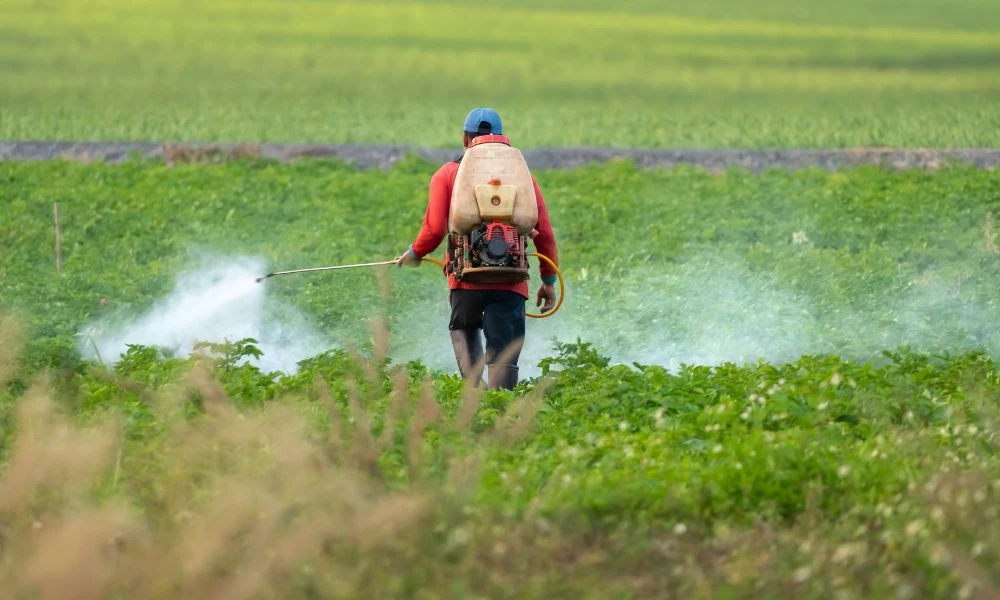In pursuing a healthier lifestyle, the detection of pesticides in fruits and vegetables has become a significant issue. As we indulge in the natural flavors of these foods, it is crucial to identify and address any potential potential hazards. Pesticides in our food supply can harm our health, making raising awareness and implementing effective detection methods imperative.
This blog post delves deep into the intricate world of pesticide detection, exploring the methods, technologies, and implications for our well-being.
Understanding what are Pesticides
Pesticides are chemical substances or mixtures of substances specifically designed to prevent, control, repel, or destroy pests. These pests can include insects, rodents, weeds, fungi, bacteria, and other organisms that adversely affect human activities, agriculture, or the environment.
Pesticides are widely used in agriculture to protect crops from pests and diseases, ensuring higher yields and food security. Additionally, they find applications in public health to control vectors of diseases, such as mosquitoes carrying malaria or ticks spreading Lyme disease.
Pesticides work through various mechanisms, including disrupting pests' metabolism or nervous system, interfering with their reproductive processes, or acting as growth regulators.
While pesticides provide benefits regarding crop protection and disease control, their use has raised concerns due to potential environmental and health risks. Residues from pesticides can remain on treated crops, leading to human exposure through consumption, and can also impact non-target organisms and ecosystems.
Check out our blog post on pesticide testing in water to get more information about pesticides.
The Journey of Pesticides: From Farm to Table
This section explores the multifaceted trajectory of pesticides in contemporary agriculture. Acting as essential protectors against pests and diseases, these chemical agents, such as pesticides, are meticulously applied on farms, initiating a complex journey influenced by environmental factors and agricultural practices.
As they traverse through soil, water bodies, and the harvested crops, pesticides become integrated into the global food supply network. Unbeknownst to consumers, these chemical defenders accompany the produce to our homes, where the potential health implications of pesticide residues unfold.
The final act of this journey occurs within our bodies, raising questions about bioaccumulation and health risks. This narrative underscores the necessity of understanding the pesticide journey for informed decision-making, advocating for sustainable agricultural practices, and ensuring the safety of our food supply.
Pesticide Detection Technologies: A Comprehensive Overview
Let's discuss the pesticide detection technologies in detail-
1. Spectroscopy:
Spectroscopy is a scientific technique that studies the interaction between matter and electromagnetic radiation. This method is widely used to analyze the composition of substances, identify chemical compounds, and understand their physical properties. Electromagnetic radiation can range from X-rays and ultraviolet (UV) light to visible, infrared, and radio waves.
In spectroscopy, a sample is exposed to electromagnetic radiation, and how it interacts with this radiation provides valuable information about its composition and structure. The resulting spectrum, which represents the intensity of the radiation at different wavelengths, is then analyzed to identify specific features related to the sample's properties.
Spectroscopy's non-destructive and rapid nature allows for sample analysis without altering the composition, ensuring accuracy. The fusion of cutting-edge technology with the quest for safer food promises a future where the invisible fingerprints of pesticides are revealed with unprecedented clarity, marking a significant stride toward ensuring the purity and safety of the produce on our tables.
2. Chromatography:
Chromatography is a versatile and powerful analytical technique used in chemistry to separate and analyze components within a mixture. It distributes the components between a stationary and a mobile phase, leveraging characteristics like size, polarity, or affinity for separation.
Different types of chromatography, including Gas Chromatography (GC), Liquid Chromatography (LC), and High-Performance Liquid Chromatography (HPLC), cater to specific applications. Chromatography is widely applied in diverse scientific and industrial fields, such as chemistry, biochemistry, environmental science, pharmaceuticals, and food analysis.
In pesticide detection, chromatography plays a crucial role in identifying and quantifying pesticide residues in complex matrices, ensuring the safety and quality of agricultural products.
3. Biosensors:
Biosensors are advanced devices that merge biology and sensor technology to detect and quantify specific biological or chemical substances. Utilizing elements like enzymes or antibodies, biosensors recognize target analytes, triggering a measurable signal for precise detection.
These sensors offer high specificity, sensitivity, and rapid response, finding applications in diverse fields, including medical diagnostics, environmental monitoring, and food safety. In pesticide detection, biosensors are crucial in efficiently identifying and measuring pesticide residues in various matrices.
Their adaptability, especially in enzyme-based and immunosensor approaches, enables customization for specific analyses. With real-time, on-site detection capabilities, biosensors contribute to advancing analytical techniques, promising enhanced precision and accessibility in ensuring the safety and quality of agricultural products.
Also, check out our blog post on pesticide analysis in agriculture for an in-depth idea of pesticide testing in the agriculture sector.
Regulatory Standards and Acceptable Levels:
Governments and international organizations collaborate to establish regulatory standards governing acceptable pesticide residue levels in food to balance agricultural productivity with public health concerns. National regulatory agencies, such as the EPA and EFSA, work with global entities like the Codex Alimentarius Commission to set maximum allowable concentrations of pesticides.
Rigorous monitoring and surveillance programs are then implemented to assess compliance, involving food product sampling and laboratory analysis. Enforcement mechanisms, varying by country, include warnings, fines, and product recalls when residues exceed limits.
Key agencies, such as the EPA and EFSA, play crucial roles in risk assessment, standard-setting, and enforcement at national and international levels. This comprehensive approach ensures the safety of the food supply by upholding established pesticide residue standards.
Consumer Empowerment:
In an era of readily available information, consumers wield significant influence in shaping the demand for pesticide-free produce. This section aims to equip consumers with practical tips to make informed choices when navigating the aisles of grocery stores, fostering a collective commitment to safer and healthier food options.
Understanding Labels:
Begin your journey towards pesticide-free produce by decoding product labels. Familiarize yourself with terms such as "organic," "non-GMO," and "pesticide-free." Products with an organic label signify adherence to stringent regulations that limit or prohibit synthetic pesticides.
Similarly, opting for non-GMO products ensures that the produce has not undergone genetic modification, a process sometimes linked to increased pesticide use.
Choose Organic Options:
Organic produce, cultivated without synthetic pesticides or fertilizers, offers a compelling alternative. Look for the USDA Organic Seal or equivalent certifications in your region. Choosing organic supports sustainable farming practices and reduces the likelihood of pesticide residues on your fruits and vegetables.
Prioritize Locally Sourced Produce:
Explore local farmers' markets or community-supported agriculture (CSA) programs. Locally sourced produce often undergoes fewer pesticide treatments and may provide more transparency about cultivation practices. Engaging with local farmers lets you inquire about their pest management strategies, fostering a direct connection between consumers and producers.
Wash and Peel:
Implement simple yet effective practices at home to minimize pesticide exposure. Thoroughly wash fruits and vegetables under running water, and consider using a brush for items with thicker skins. Peeling certain produce items can further reduce pesticide residues, although this method may also eliminate some nutrients found in the skin.
Diversify Your Plate:
Embrace variety in your diet to minimize exposure to specific pesticides associated with particular crops. Rotate the types of fruits and vegetables you consume, exploring seasonal produce and incorporating a rainbow of colors into your meals. This diversification broadens your nutrient intake and reduces the risk of consistently consuming high levels of specific pesticides.
DIY Pesticide Detection: Detection of Pesticides in Fruits and Vegetables
For individuals curious about pesticides in their groceries, this section unveils DIY pesticide detection methods, offering insights into assessing pesticide levels in fruits and vegetables. While these methods may not substitute professional testing, they provide a proactive approach for consumers eager to monitor the safety of their food.
1. Vinegar Soak:
Begin with a simple vinegar soak to reduce pesticide residues on fruits and vegetables. Mix one white vinegar with three parts water in a bowl and soak the produce for 5-10 minutes. Gently scrub or rub the items with a brush, then rinse thoroughly. This method can help eliminate surface residues, providing a quick and easy cleaning solution.
2. Baking Soda Scrub:
A baking soda scrub can be effective for produce with thicker skins, such as apples or potatoes. Create a paste by mixing baking soda with water and applying it to the surface of the produce. Scrub the items using a brush or sponge, then rinse thoroughly. Baking soda is known for removing pesticide residues and waxy coatings.
3. DIY Pesticide Test Kits:
Explore commercially available DIY pesticide test kits designed for home use. These kits often utilize color-changing strips or solutions that react to the presence of certain pesticides. While more comprehensive than professional testing, they provide an additional layer of awareness for consumers curious about pesticide residues.
4. UV Light Inspection:
Consider using a UV light to inspect your produce. Some pesticides leave fluorescent residues on fruits and vegetables, which can be detected under UV light. While this method requires a dark room for practical inspection, it offers a visual indication of potential residues that may not be visible to the naked eye.
5. Research and Observation:
Stay informed about the types of pesticides commonly used on specific crops. Research the pesticide practices associated with the fruits and vegetables you purchase. Observing any changes in taste, texture, or appearance can also provide subtle clues about your produce's quality and potential pesticide residues.
Global Perspectives: Bridging Gaps in Pesticide Regulations Worldwide
Furthermore, it explores international collaborations to harmonize these regulations, fostering a collective commitment to ensuring safe and healthy food on a global scale.
Variations in Pesticide Regulations:
Countries worldwide establish pesticide regulations based on diverse factors, including agricultural practices, environmental considerations, and public health priorities.
These variations lead to differences in allowable pesticide residues, accepted types of pesticides, and application methods. Disparities in regulations can pose challenges, particularly in international trade and the movement of agricultural products across borders.
Comparative Analysis:
A closer examination of pesticide regulations in different regions reveals successes and challenges. Some countries may implement stringent regulations, setting low tolerance levels for pesticide residues to prioritize consumer health.
Others may adopt more permissive standards, reflecting a balance between agricultural productivity and safety concerns. Analyzing these variations provides valuable insights into practical strategies and areas for improvement in pesticide regulation.
International Collaborations and Harmonization Efforts:
"Considering the worldwide scope of food production and trade.", international collaborations aim to harmonize pesticide regulations. The Codex Alimentarius Commission, a joint initiative by the World Health Organization (WHO) and the Food and Agriculture Organization (FAO), is pivotal in establishing international food standards, including pesticide residues. Harmonization efforts seek to create a unified framework that facilitates trade while ensuring high food safety standards.
Challenges and Opportunities:
Despite ongoing harmonization efforts, challenges persist in achieving universal alignment of pesticide regulations.
These challenges include differing risk assessments, varying levels of regulatory capacity among countries, and differing interpretations of scientific evidence.
Overcoming these hurdles requires continued collaboration, information exchange, and a commitment to prioritizing global food safety.
Towards a Global Commitment:
The comparative analysis underscores the need for a collective commitment to safe and healthy food on a global scale. International collaborations, regulatory alignment, and ongoing efforts to address challenges can pave the way for a more harmonized approach to pesticide regulations. Such an approach benefits consumers, fosters fair trade practices, and promotes sustainable agriculture worldwide.
Check out SMS LABS Pesticide testing services for your business or personal needs.
Conclusion:
The call to action is evident as we conclude this comprehensive exploration into detecting pesticides in fruits and vegetables. Armed with knowledge about detection methods, regulatory standards, and consumer choices, we can collectively strive for a safer food supply. The journey towards pesticide-free produce begins with awareness, advocacy, and informed decision-making, ensuring a healthier future for all.
